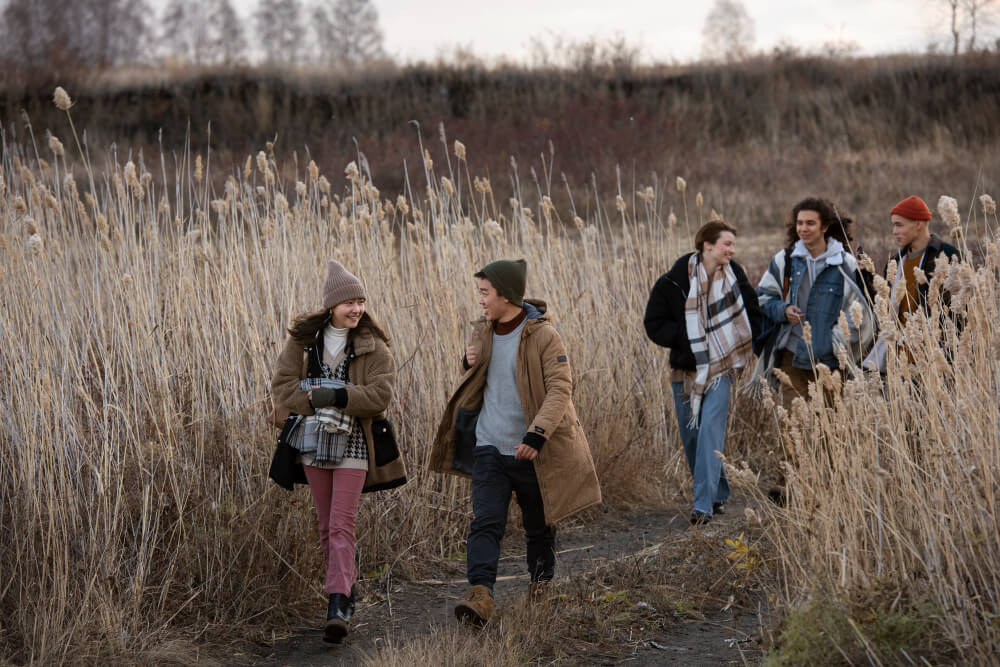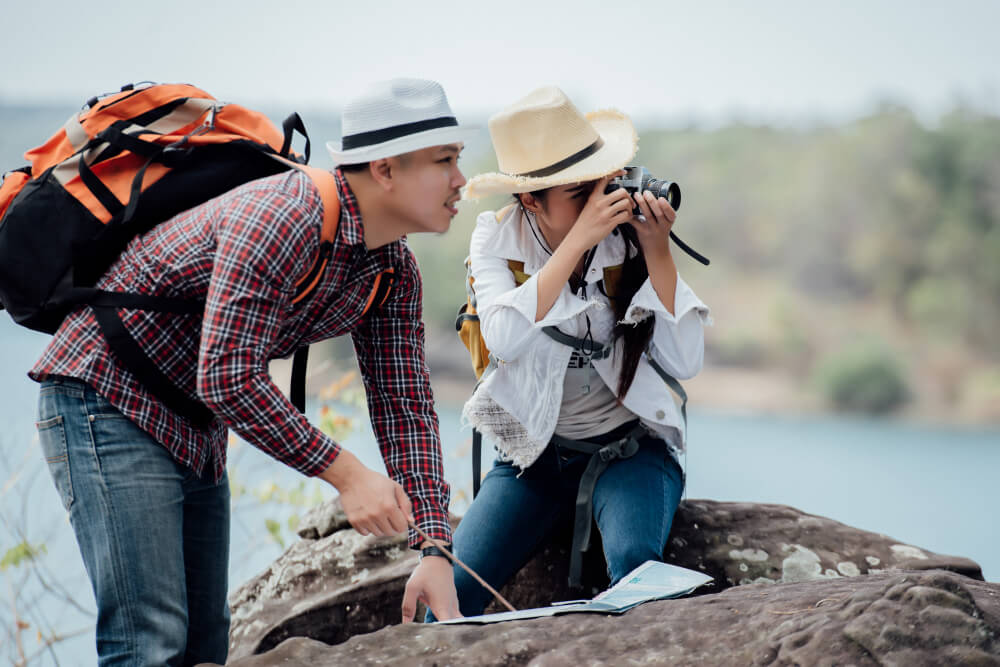
(406) 555-1234

(406) 555-1234

Montana’s breathtaking landscapes and diverse ecosystems draw nature enthusiasts from around the world.
From the rugged peaks of the Rocky Mountains to the vast expanses of prairie, the state offers a haven for wildlife and outdoor adventure seekers alike.
But amidst the allure of its natural beauty lies a pressing concern: how do we ensure the preservation of Montana’s delicate ecosystems and the creatures that call them home?
Enter wildlife tours – an often overlooked yet crucial aspect of conservation efforts in Montana. In this comprehensive guide, we’ll delve into the multifaceted role of wildlife tours in preserving Montana’s natural heritage.
Along the way, we’ll address common questions, dispel misconceptions, and provide practical advice for anyone interested in experiencing the wonders of Montana’s wildlife while contributing to their protection.
One of the most direct ways wildlife tours support conservation efforts is through financial contributions.
Many tour operators allocate a portion of their proceeds to fund vital conservation projects.
These projects encompass a wide range of initiatives, including habitat restoration, wildlife research, anti-poaching efforts, and community outreach programs.
By participating in a wildlife tour, you’re not just embarking on an adventure – you’re investing in the future of Montana’s wildlife and ecosystems.
Beyond financial support, wildlife tours serve as powerful educational tools, fostering a deeper understanding and appreciation of nature.
Knowledgeable guides accompany participants, sharing insights into the behavior, ecology, and conservation status of local wildlife species.
Through firsthand encounters and engaging narratives, tour participants gain a newfound respect for the intricate web of life that sustains Montana’s ecosystems. This heightened awareness often translates into tangible action, as individuals become advocates for conservation in their own communities.
A key tenet of responsible wildlife tourism is minimizing negative impacts on the environment and wildlife.
Ethical tour operators adhere to a set of guiding principles aimed at ensuring sustainability and long-term viability.
These principles may include limiting group sizes to reduce disturbance, adhering to designated trails and viewing areas, and prioritizing the well-being of wildlife above all else.
By embracing sustainable tourism practices, wildlife tours can coexist harmoniously with nature, offering enriching experiences without compromising ecological integrity.
One of the greatest joys of participating in a wildlife tour is the opportunity for up-close encounters with Montana’s iconic wildlife.
Whether it’s witnessing a majestic bison grazing on the prairie or observing a bald eagle soaring overhead, these moments leave a lasting impression on participants. Unlike traditional sightseeing excursions, wildlife tours provide immersive experiences that awaken the senses and deepen connections to the natural world.
Beyond the thrill of adventure, every wildlife tour represents a tangible contribution to conservation.
By choosing to spend your time and resources on a wildlife tour, you’re directly supporting the preservation of Montana’s natural heritage.
Whether it’s through financial donations, volunteer opportunities, or simply spreading awareness, your involvement makes a difference.
In essence, every wildlife tour is a small but meaningful step towards a more sustainable future for generations to come.
Guided wildlife tours offer more than just wildlife sightings – they provide valuable opportunities for learning and discovery.
Knowledgeable guides accompany participants, sharing their expertise and passion for the natural world.
From identifying animal tracks to deciphering bird calls, these guides offer insights that enhance the overall experience.
Whether you’re a seasoned naturalist or a curious beginner, there’s always something new to learn on a wildlife tour.
A common concern among wildlife enthusiasts is the potential impact of tourism on animals and their habitats. Fortunately, many wildlife tour operators prioritize ethical and responsible practices to minimize disturbance. These practices may include:
Moreover, many wildlife tours are designed with wildlife conservation in mind, incorporating wildlife-friendly infrastructure and practices.
This may include the use of low-impact transportation methods, such as electric vehicles or non-motorized boats, to minimize noise and pollution.
Additionally, tour itineraries are carefully crafted to avoid sensitive habitats during critical periods, such as breeding seasons or migration periods.
By prioritizing the well-being of wildlife, these tours ensure that participants can enjoy memorable experiences without causing harm to the animals they seek to observe.
With a multitude of wildlife tour operators to choose from, selecting a responsible and reputable provider can seem daunting.
However, with a bit of research and due diligence, you can find a tour operator that aligns with your values and priorities.
Here are some tips to help you make an informed decision:
Above all, choose a tour operator that demonstrates transparency and accountability in its operations.
A reputable operator should be forthcoming about its conservation practices, operational policies, and financial contributions to conservation initiatives.
By choosing a responsible tour operator, you can embark on your wildlife adventure with confidence, knowing that your experience supports meaningful conservation efforts in Montana and beyond.

Montana’s diverse landscapes provide habitat for a wide variety of wildlife species, each adapted to its own ecological niche.
From the iconic bison of the Great Plains to the elusive mountain goats of the Rocky Mountains, there’s no shortage of fascinating creatures to encounter.
Depending on the season and location, you may have the opportunity to observe:
The best time to embark on a wildlife tour in Montana depends on the species you hope to encounter and the activities you wish to experience.
Here’s a brief overview of seasonal highlights:
Montana offers a wide range of wildlife tour options to suit every interest and budget.
Whether you prefer a guided hike through pristine wilderness, a scenic wildlife drive along winding mountain roads, or a thrilling rafting excursion down a wild river, there’s something for everyone.
Many tour operators also offer specialized experiences, such as photography workshops, birdwatching tours, and wildlife tracking expeditions.
We’d love to hear from you! Have you embarked on a wildlife tour in Montana? What was the highlight of your experience? Share your stories, photos, and memories in the comments below. Your firsthand insights can inspire others to embark on their own wildlife adventures and contribute to conservation efforts in Montana and beyond.
Conservation is an ongoing journey, and we’re committed to keeping you informed every step of the way.
Bookmark this page and check back regularly for updates on wildlife tours, conservation initiatives, and tips for sustainable travel.
Together, we can make a positive impact on the future of Montana’s wildlife and ecosystems.
Wildlife tours play a vital role in Montana’s conservation efforts, offering unforgettable experiences while supporting the protection of precious natural resources.
By choosing responsible tour operators, practicing ethical wildlife viewing, and spreading awareness, we can ensure that future generations have the opportunity to marvel at the wonders of Montana’s wild places.
Thank you for joining us on this journey towards a more sustainable and harmonious relationship with nature.
The primary goal of wildlife management in Montana is to protect the integrity of the state’s outdoor resources through sound science and stewardship. This involves coordinating and planning with the public, monitoring and conserving wildlife and habitat, and providing opportunities for public enjoyment of wildlife through hunting, trapping, and viewing.
The Montana Wildlife Federation works to conserve wildlife, habitat, and outdoor public access. They have served Montana for more than 80 years, advocating to protect and enhance wildlife, habitat, and outdoor access. They are guided by their commitment to the public trust, scientific management, and concern for future generations, promoting state and federal policies that protect Montana’s fish and wildlife, natural lands and waters, and public access to the outdoors.
Roads can directly impact wildlife through injury or mortality resulting from wildlife-vehicle collisions. They can also pose an obstacle or barrier to wildlife movement, making it difficult for wildlife to obtain food, water, shelter, or mates. This can be especially problematic for migratory wildlife that travel long distances every year between summer and winter ranges. Roads can also indirectly impact wildlife habitat through increased noise, light, pollution, and fragmentation, decreasing both the quantity and quality of suitable habitat.
The Montana Fish, Wildlife & Parks (FWP) is working with the Montana Department of Transportation and other stakeholders to reduce wildlife-vehicle conflicts and conserve wildlife movement and migration across highways. This includes initiatives such as the Montana Wildlife and Transportation program, which aims to mitigate the impact of roads on wildlife.
Tourists can contribute to conservation efforts in Montana by following responsible recreation practices such as Recreate Responsibly, Leave No Trace, and Tread Lightly. They can also consider donating time or financial resources to organizations making a difference in Western Montana’s conservation efforts. Additionally, supporting local businesses and communities that prioritize conservation can help to promote a culture of sustainability and environmental stewardship.